Men don’t read. I know that’s a gross generalization, but for every guy that reads a book there are probably three or four women that do the same thing, except the guys would brag about having just ‘read a book’. Guys are certainly more attracted to certain writers, like Stephen King, Brad Thor or other authors with last names of Marvel superheroes. 3X World Champ doesn’t have any of those things, yet guys will love this book and their wives will even borrow the book from them and read it before they can.
Memoir, auto-biography, discarded script for Miami Vice,Grown With Love: A Delightfully Strange Children’s Book Review
There is a balance in illustrated books between being sufficiently weird, but endearing enough to be of merit to adults, educators and parents. Of course there are some books that are straight up gonzo strange, sappy to the point of Hallmark or unicorn happiness to the max. For the most part, those mass-appeal illustrated books that have legs need to be slightly grounded. However, children need them to be a little odd in order to rope in readers and audiences who might otherwise gravitate towards anything else. Grown With Love is just left-of-center enough to bring in aspects any Tim Burton movie, but has the Earthy tones of Up or other entertaining vehicles that subvert a tug at your emotions.
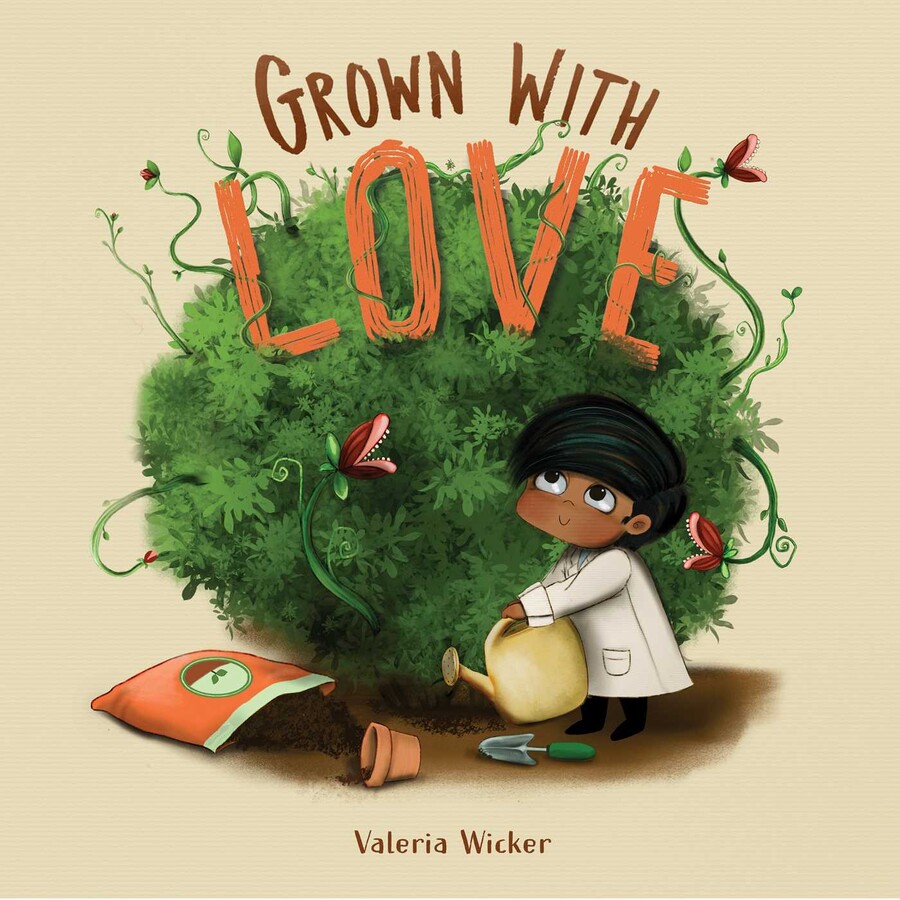
The Other Side of Tomorrow: A Graphic Novel Review
Are hyper-realistic graphic novels a genre? I don’t think they are, but The Other Side of Tomorrow is a graphic novel that wields a mighty hammer in knocking at the doors of book classification. It’s realistic fiction, but is so realistic, both in the manner in which the illustrations are done, and the taut nature of the story that you’ll pinch yourself in gratitude that it’s not happening to you. This is a graphic novel that entertains via drama, age-appropriate political intrigue, familial love and armchair travel. Moreover, The Other Side of Tomorrow manages to tell its story alongside one of the greatest geographic areas and humanitarian crises that middle school kids never learn about, North Korea.
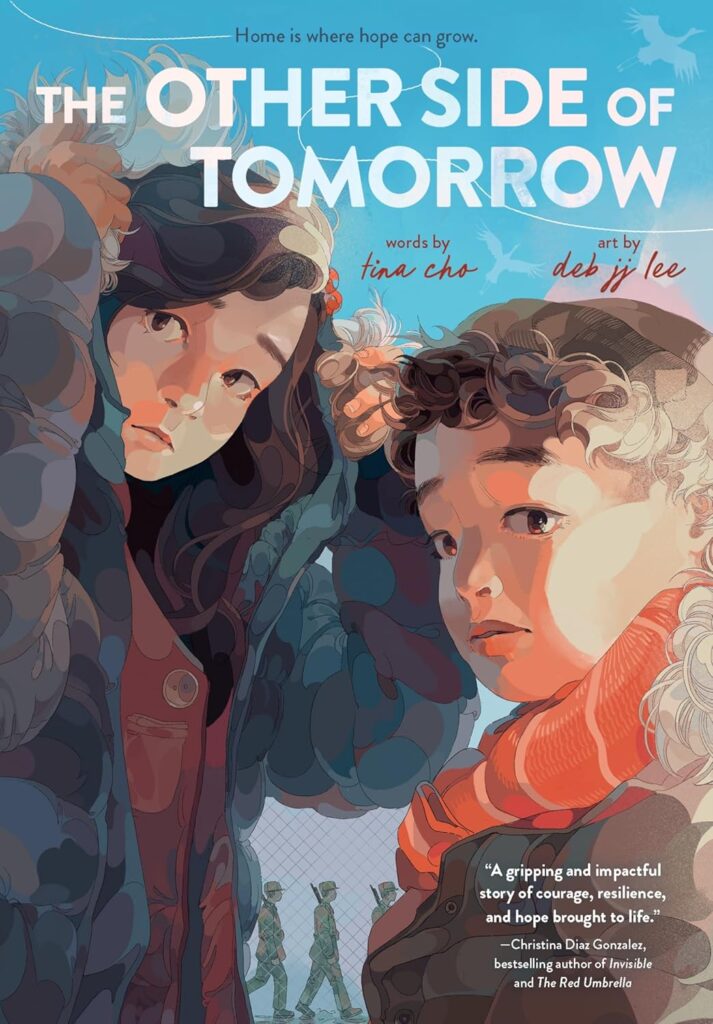
Butt or Face? How Humorous Books Attract Kids
How to engage young readers? You can mention something slightly inappropriate like a butt. You can make age-appropriate jokes that are a little bit rude. You can involve pictures of animals, early elementary-age readers love animals. You can ask questions. Who doesn’t like to answer a question? It’s a reflexive action like catching a ball when one is thrown to you. Butt or Face? Revenge of the Butts, the target demographic might also call it Butt or Face #2 and are also lining up to see Butt or Face #3, as long as they get to say the name of the book aloud in class.
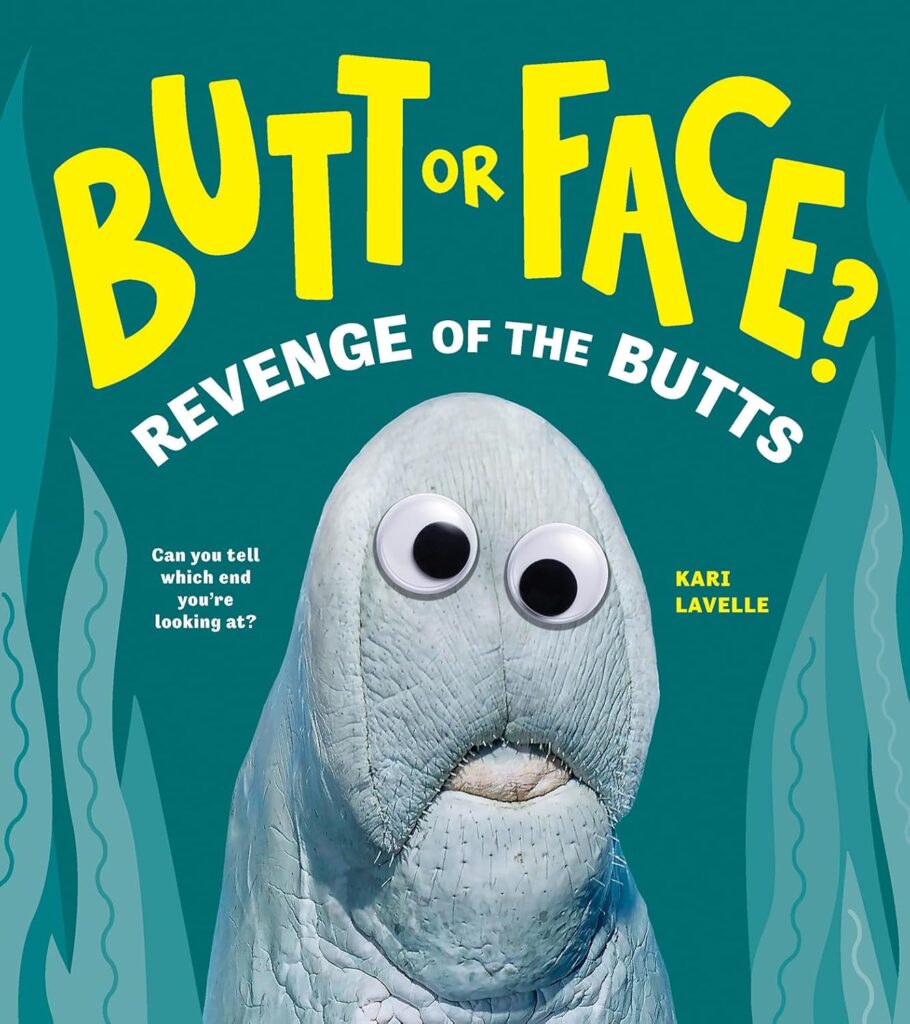
Chicka Chicka Ho Ho Ho: A Holiday Delight for Young Readers
Jean Luc tried and failed. You will too if you attempt to resist the charm of Chicka Chicka Ho Ho Ho. But, I’m too old for an alphabet book. I don’t need to look at shapes, where’s my cell phone? Chicka Chicka is for babies and the level of creativity and enjoy for that tripe ends when you turn seven. Chicka Chicka Ho Ho Ho says hold my juice box. This is fun. This book runs with energy, has a contained story, but is reminiscent of something classic and punches with seasonal Christmas tidings that forces kids to have fun with a book-something they had unconsciously sworn off when the winter break started.

Black Lives: Celebrating Scientists in Graphic Form
Whenever I substitute for a math or music class I run the students through a basic critical thinking question. What are the two universal languages that can be understood anywhere you go? On average one, maybe two students in a class of 28 will respond with music and math. Some might say “science” and while that’s not the desired response, it does illustrate the room’s temperature. Black Lives: Great Minds of Science is a graphic novel highlighting nine scientists from various fields. As a vehicle for information it grabs your attention and speaks to upper-elementary and mglit readers in a way that motivates reluctant ones.
Those reluctant readers, you know, the kids who secretly want to read, but have bought into the group-think, lemming-like fallacy that reading somehow makes you less cool. To those students I would posit this simple question, is it cool to earn more money, or less money? Yeah, money doesn’t make you happy, it’s just a tool, I know that. But if you’re going to fix or build something you need the correct tool and sometimes, if it’s a bigger job, you need more tools or the job becomes infinitely more challenging. Great Minds of Science is created for those reluctant readers.
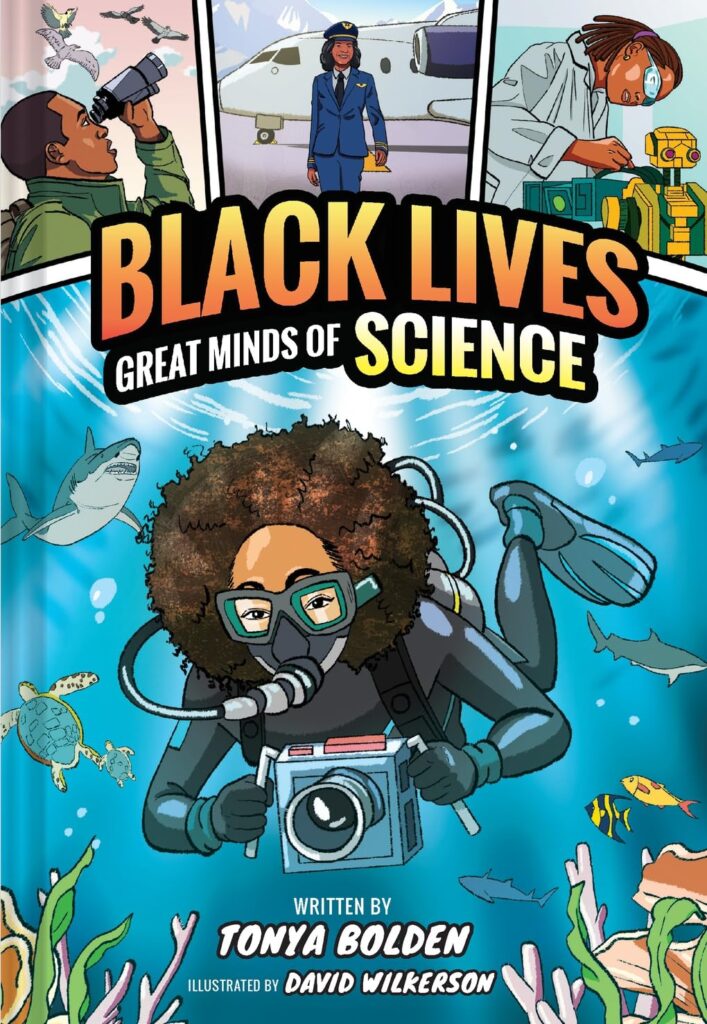
Bunnybirds fills a graphic novel void that lives in elementary readers
It’s ok to have books geared more toward girls than boys. It’s also ok for boys to have books that mainly appeal to them. There are also some books that cross-over to both groups with varying degrees, but could have elements that interest each camp. Bunnybirds is a graphic novel, whose genre is typically associated with boys. However, this is one of the rare graphic novels that will appeal to girls just a little bit more than boys. There are dragons and action elements in Bunnybirds, but the main characters are bunnies with wings. If you suspect that your young reader could become a fan of the massive mglit juggernaut, Warriors, this graphic novel is the prep material for them.
Flying bunnies or hopping rabbits?The Most Perfect Persimmon: A Young Reader’s Delight
I have never eaten a persimmon. It sounds more like an adjective than a fruit to me. The students felt quite persimmon when they realized the difficulty of the test. The Most Perfect Persimmon is an illustrated book that’s a love letter to family, patience, creature comforts and the fleeting search for perfection. That last bit might be too esoteric, but the nature of the young girl in the book and the brief period that a persimmon is perfect brings about comparisons to avocados.
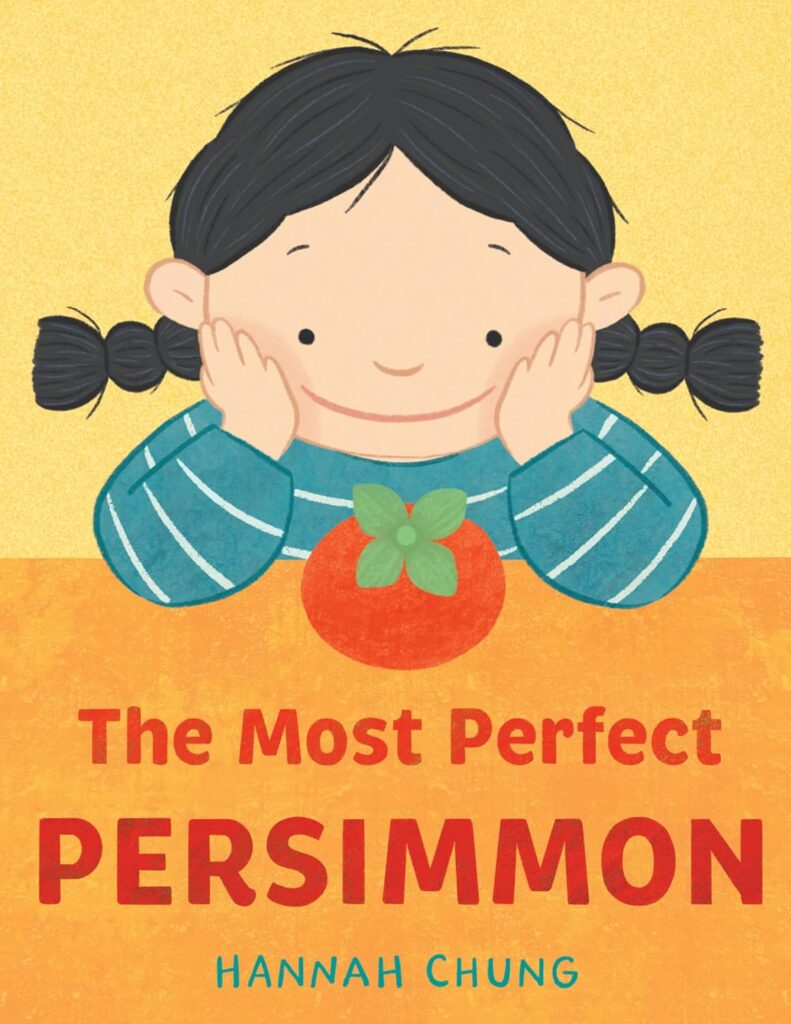




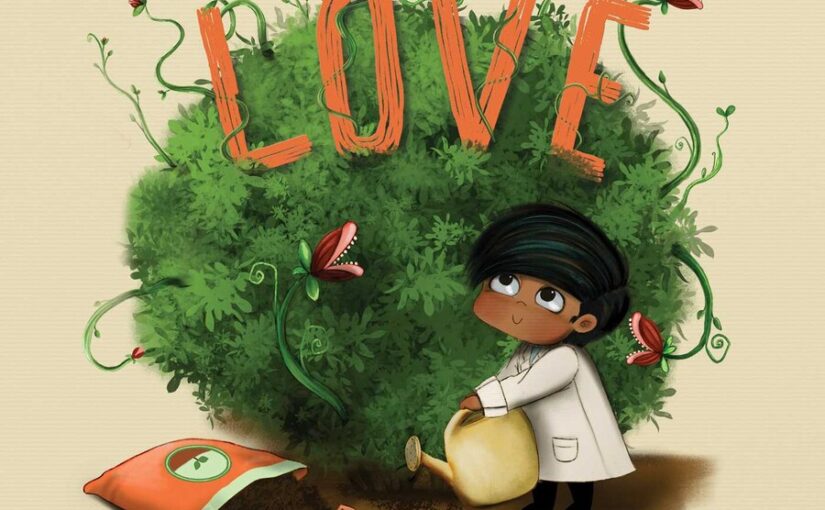
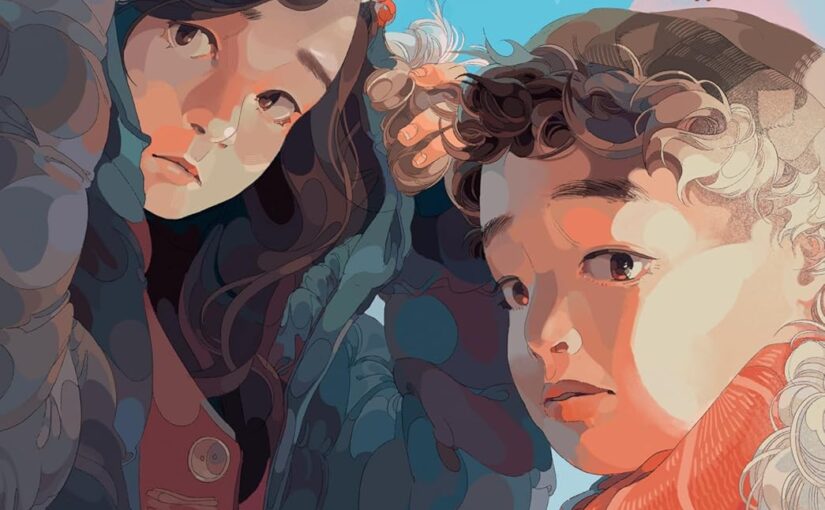
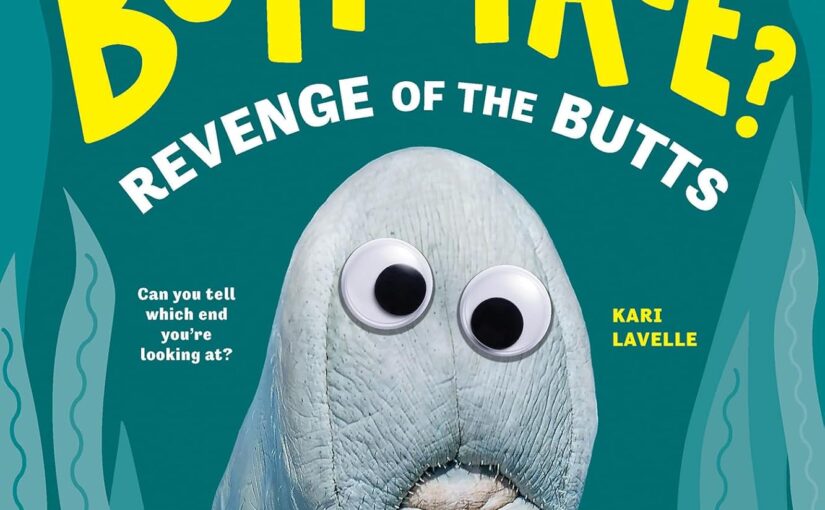
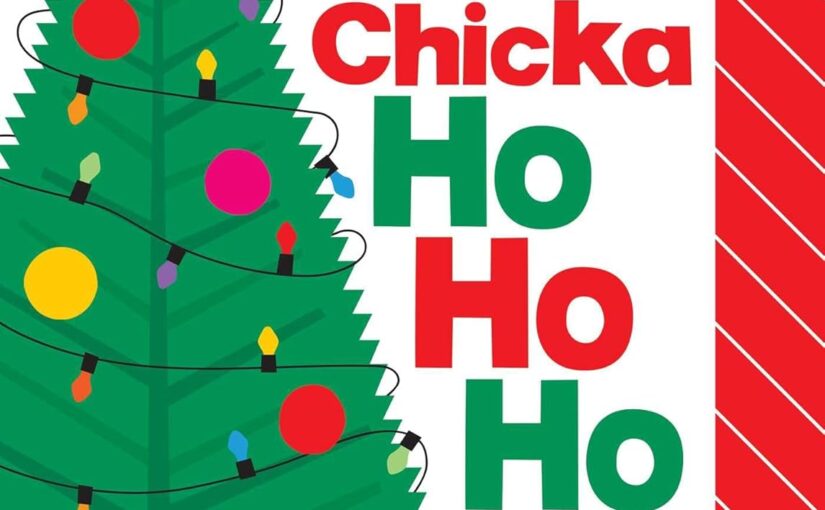
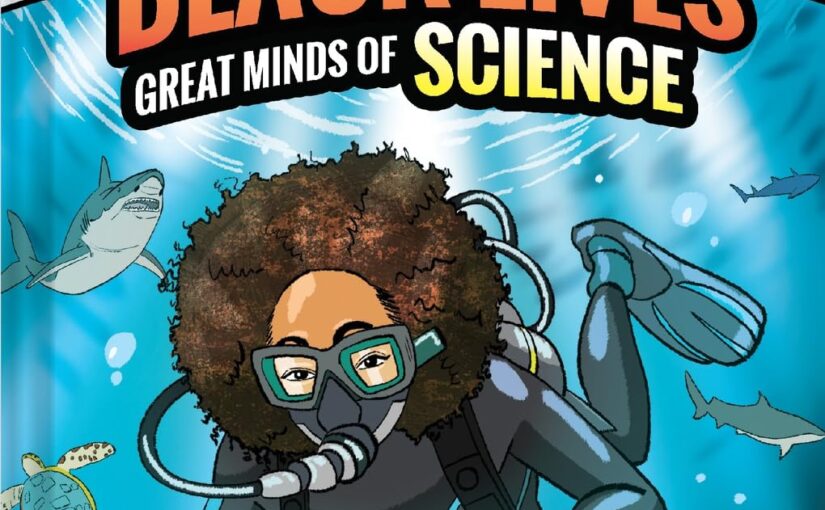
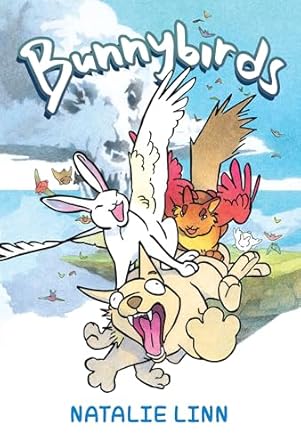
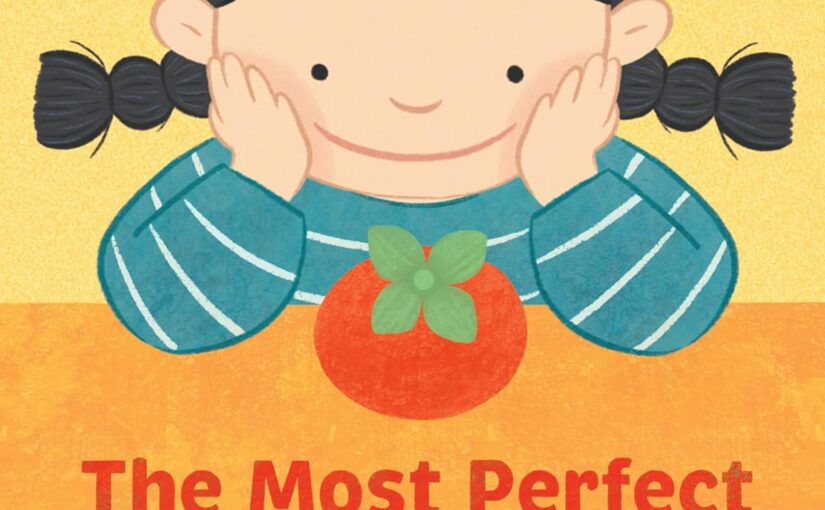


 Facebook
Facebook Twitter
Twitter Flickr
Flickr GooglePlus
GooglePlus Youtube
Youtube